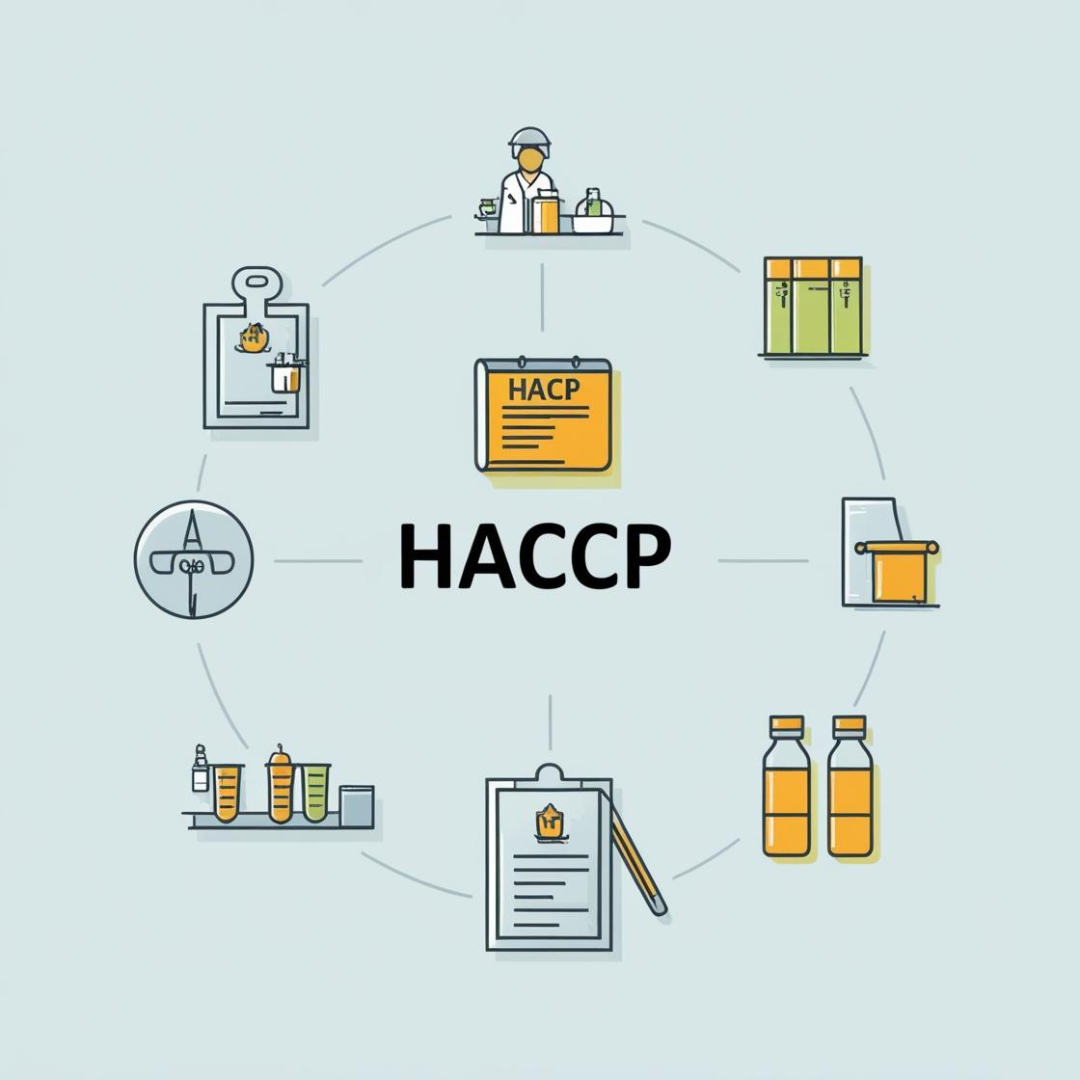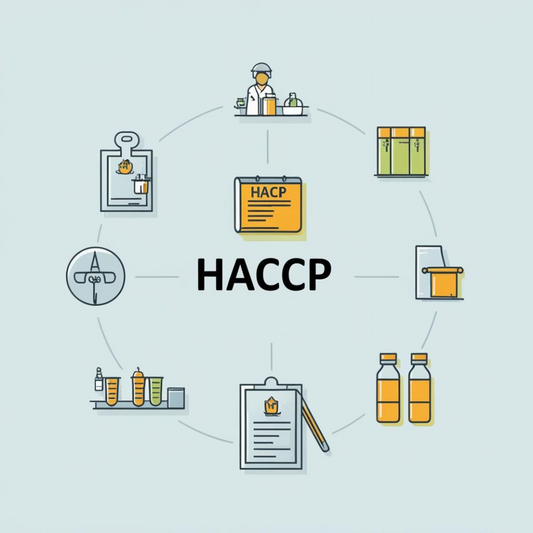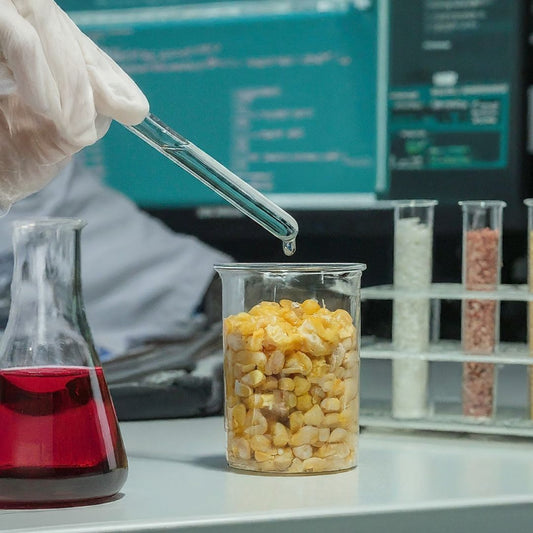NASA Engages Startup to Save Aging Swift Observatory
Share
For more than two decades, NASA’s Neil Gehrels Swift Observatory has been one of the world’s most reliable space telescopes, tracking gamma-ray bursts (GRBs)—the most powerful explosions in the universe. But after 20 years of service, the telescope is now in danger: its orbit is decaying, and without intervention, Swift could re-enter Earth’s atmosphere within the next decade.
To prevent this, NASA has taken an innovative step: partnering with a startup company, Katalyst Space Technologies, to design a mission that will rescue Swift and extend its life.
The Challenge
Swift was not designed for servicing. Unlike the Hubble Space Telescope, which astronauts repaired multiple times, Swift has no docking ports or handles for visiting spacecraft.
Its orbit is gradually lowering due to atmospheric drag, threatening its long-term survival.
The telescope continues to deliver cutting-edge science, making its preservation a high priority.
The Solution: A Robotic Rescue
Katalyst Space Technologies is developing a docking spacecraft capable of attaching to Swift and boosting it into a higher, more stable orbit.
This “life-extension vehicle” will essentially act as a space tug, pushing Swift back into safe operational altitude.
If successful, it would be one of the first demonstrations of in-orbit satellite servicing for a scientific mission.
The project also paves the way for sustainable satellite operations, where aging spacecraft can be rescued rather than abandoned.
Why Save Swift?
Swift remains a powerhouse in astrophysics:
Gamma-Ray Bursts: It continues to detect and rapidly pinpoint GRBs, helping astronomers study the deaths of massive stars and neutron star mergers.
Multi-Mission Synergy: Its alerts trigger observations from other telescopes, including the James Webb Space Telescope and ground-based observatories.
Proven Value: Launched in 2004, Swift has far outlived its original mission, producing over 18 years of discoveries.
A Step Toward the Future
This mission represents more than just saving one telescope—it signals a new era in space operations:
Public-Private Partnerships: NASA leveraging startup innovation for specialized space solutions.
Satellite Longevity: Future missions may be designed with “serviceability in mind,” extending mission lifespans.
Sustainability: Reducing space debris by keeping valuable assets in use longer.
Final Thoughts
If the mission succeeds, Swift could continue delivering transformative science for years to come. More importantly, it would mark a turning point in how humanity manages its space infrastructure—choosing repair and renewal over abandonment.
✨ Swift has already rewritten the story of the violent universe. With this rescue mission, it may also help write the future of sustainable space exploration.





